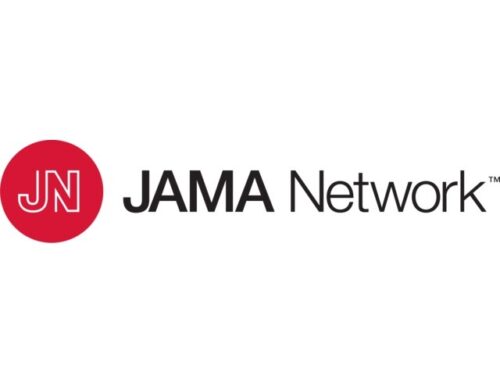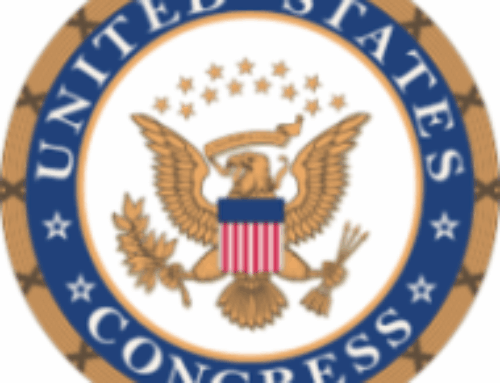CENTER UPDATE | JULY 2024
In this Issue:
- What Does the Braidwood Decision Mean for ACA Preventive Care?
- The Threat to Preventive Services Just Got Worse
- New Paper Evaluates Impacts of the Inflation Reduction Act (IRA) on Medicare Part D
- Study Finds Mothers Pay More Out-of-Pocket When Pregnancy Crosses Two Calendar Years
- Half of U.S. Workers Financially Unprepared for Unexpected Medical Event
- S. Could Save $7B With Expanded Hepatitis C Treatment
- Low-Income Enrollees Carry Higher Cost Burden in Privately Insured U.S. Population
- How Employers Can Help Reduce Employees’ High Health Care Cost Burdens
- Lack of Affordability Tops Older Americans’ List of Health Care Worries
- As Prescription Drug Costs Rise, So Do Out-of-Pocket Expenses
- Reminders Boost Vaccination Rates, But Adding Free Rides Does Not
- Racial and Ethnic Inequalities Persist in Healthcare
- Distribution of Race/Ethnicity Among People With High Expenses
- Impact of Expanding Pre-Deductible Coverage in HSA Plans on Medication Adherence
- Prioritizing Services and Procedures for Value Assessment
- Utilization of High- and Low-Value Care Among Older Adults

What Does the Braidwood Decision Mean for ACA Preventive Care?
The Braidwood v Becerra decision, issued by the Fifth Circuit Court of Appeals on June 21, has ruled a key part of the Affordable Care Act (ACA) unconstitutional, specifically the authority of the USPSTF to mandate insurance coverage for preventive health interventions without out-of-pocket costs. The case was brought by small businesses in Texas opposed to covering the HIV prevention drug PrEP in their health plans. While the ruling applies narrowly and doesn’t immediately change broader ACA provisions, it could impact future coverage mandates for preventive services if upheld by the Supreme Court. Public health experts fear this could increase costs and reduce access to critical HIV prevention measures like PrEP, potentially widening health disparities.
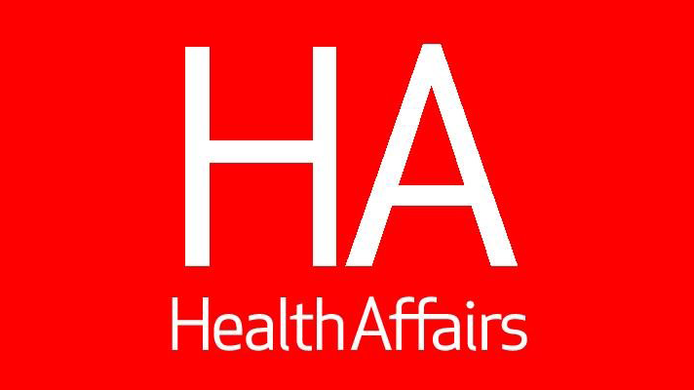
The Threat to Preventive Services Just Got Worse
“The only certainty in Braidwood is an uncertain future for the ACA’s preventive services coverage provision and the tremendous promise it has extended for nearly a decade and a half,” says author of a recent Health Affairs Forefront article. While upholding the ACA for now in its Braidwood v Becerra decision, the 5th Circuit Court sided with Texas Judge Reed O’Connor’s ruling that the U.S. Preventive Services Task Force’s role in determining mandatory coverage is unconstitutional.


New Paper Evaluates Impacts of the Inflation Reduction Act (IRA) on Medicare Part D
A new paper, published by the University of Michigan V-BID Center, focuses on the impacts of the IRA’s annual out-of-pocket spending cap and the Medicare Drug Price Negotiation Program (MDPNP). While the IRA aims to reduce costs and improve access to medications, particularly through removing cost-sharing for certain preventive services, concerns arise regarding unintended consequences of the MDPNP. These include potential restrictions on drug formularies by Part D plans, which could limit treatment options for beneficiaries with conditions like diabetes and atrial fibrillation. Monitoring and addressing these impacts are crucial to ensure equitable access to necessary medications under Medicare.

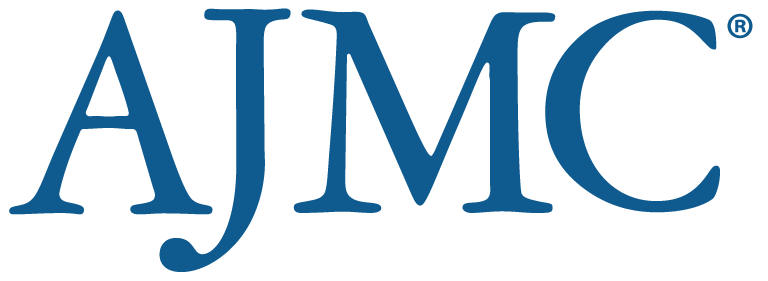
Study Finds Mothers Pay More Out-of-Pocket When Pregnancy Crosses Two Calendar Years
According to a new study, some women with high-deductible health plans pay their cost-sharing limit twice during pregnancies that occur across two health plan years, which are typically calendar years. That can result in some patients paying $1,310 more, on average, for similar maternity care services.
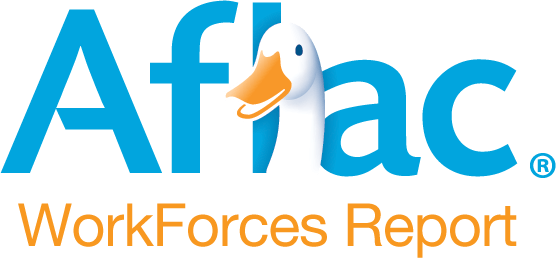
Half of U.S. Workers Financially Unprepared for Unexpected Medical Event
The 23-24 Aflac WorkForces Report has found that 50% of Americans are unable to afford more than $1,000 in out-of-pocket expenses for unexpected medical events, and 27% are unable to cover a $500 expense. This financial strain is driving many to use crowdfunding sites like GoFundMe for medical bills and related costs. Nearly 80% of employers believe their workers grasp annual health care costs well, while only 48% of employees agree.
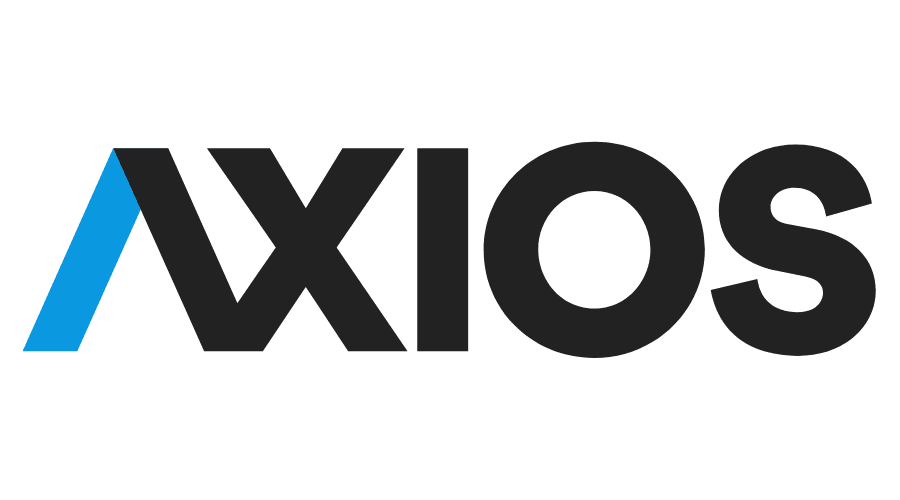
U.S. Could Save $7B With Expanded Hepatitis C Treatment
A Congressional Budget Office analysis estimates that the U.S. government would save $7 billion in health care costs over the next 10 years if the number of Medicaid beneficiaries receiving hepatitis treatments doubles from 5% to 10%. The increased spending would be offset by better health outcomes, which would have a positive impact on Medicare, Medicaid, Social Security Disability Insurance and Supplemental Security Insurance programs.
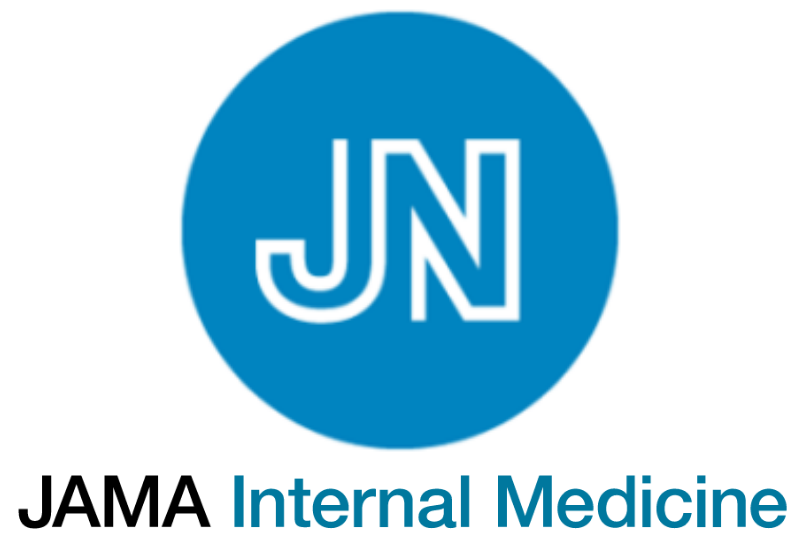
Low-Income Enrollees Carry Higher Cost Burden in Privately Insured U.S. Population
According to a recent study, low-income enrollees with private insurance pay a much larger share of their overall budget toward health care than higher-income enrollees, primarily on premiums. Among recommendations for policymakers, the authors suggest strengthening income-based subsidies to help contain the costs of premiums.
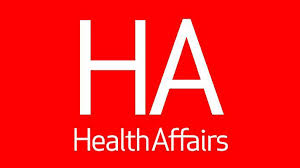
How Employers Can Help Reduce Employees' High Health Care Cost Burdens
Nearly one-third of adults with employer insurance carry medical or dental debt, highlighting the financial strain. Employers, especially smaller ones, have limited ability to address underlying cost drivers, but can redesign benefits to ease out-of-pocket costs. Recommendations from a recent Health Affairs Forefront include monthly deductible resets, income-based cost-sharing variations, and steering employees towards cost-effective providers, aiming to enhance equity and accessibility in healthcare without substantially lowering overall costs.
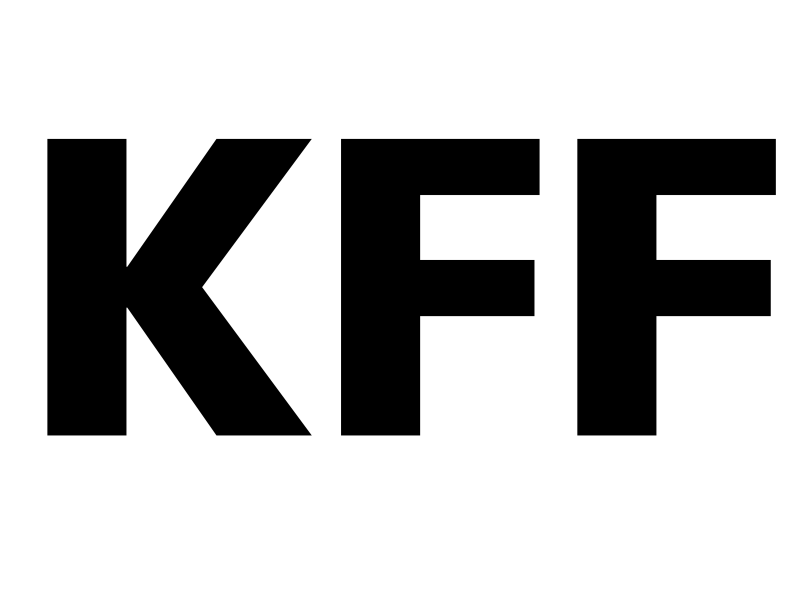
Lack of Affordability Tops Older Americans’ List of Health Care Worries
Key findings from recent research underscore that many seniors are deeply worried about expenses related to medical care, prescription drugs, and long-term care. Despite the challenges, there are discussions around potential solutions such as Medicare drug cost assistance and various programs aimed at helping low-income seniors, although eligibility and awareness remain significant barriers to accessing support.
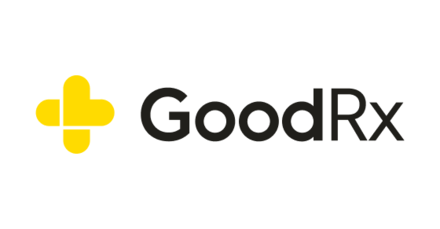
As Prescription Drug Costs Rise, So Do Out-of-Pocket Expenses
A report from GoodRx has found that there has been a 37% increase in prescription drug costs in the U.S. since 2014. This surge in prices has led to higher out-of-pocket expenses for consumers, particularly impacting those in high-deductible plans or without insurance. According to the data, the average American spends $16.26 out of pocket per prescription.

Reminders Boost Vaccination Rates, But Adding Free Rides Does Not
A recent study found that offering free round-trip Lyft rides to vaccination sites did not enhance vaccination uptake beyond the impact of behaviorally informed text message reminders. Conducted among millions of CVS Pharmacy patients, the study showed that these reminders increased COVID-19 booster uptake by 1.05 percentage points and also boosted influenza vaccinations by 0.34 percentage points.


Racial and Ethnic Inequalities Persist in Healthcare
A national consensus study, conducted by a committee at the National Academies of Sciences, Engineering, and Medicine, has concluded that the U.S. has not made significant progress in advancing health care equity. A summary of the findings notes that while legislation has been passed to improve health of minorities over the past 20 years, structural racism has contributed to worse health outcomes. The report recommends adopting 5 goals aimed at addressing racial and ethnic inequalities in U.S. healthcare.
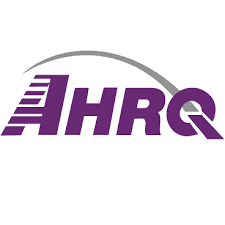
Distribution of Race/Ethnicity Among People With High Expenses
According to an AHRQ statistical brief, 5% of the population accounted for more than half of all healthcare expenditures in 2021. Non-Hispanic White people were more likely to have higher healthcare expenditures than other race/ethnicity groups, comprising 74.1 percent of people in the top 5% healthcare expenditure tier.


Impact of Expanding Pre-Deductible Coverage in HSA Plans on Medication Adherence
A recent study using claims data found modest increases in medication adherence since the passage of IRS Notice 2019-45, which permitted HSA-eligible health plans to cover select drug classes and health services prior to meeting the plan deductible. Notably, there was a 4% rise in insulin use among diabetes patients, and a 1% increase in statin use for heart disease and diabetes. A media story on the report notes that while increases were modest, adherence rates prior to the Notice were high, averaging 77% to 89% with the exception of inhaled corticosteroids.


Prioritizing Services and Procedures for Value Assessment
There is a predominant focus on pharmaceuticals in healthcare value assessments, despite services and procedures accounting for 70% of U.S. health spending, according to a Health Affairs Forefront article this month. This oversight limits opportunities to enhance systemwide efficiency and affordability, particularly in addressing wasteful spending on low-value services and procedures, estimated at nearly $1 trillion annually.

Utilization of High- and Low-Value Care Among Older Adults with and without Cognitive Impairment
An AJMC study reported suboptimal delivery of high-value services and frequent use of low-value care among Medicare beneficiaries between 1996-2018. Of additional concern was the finding that cognitive decline was associated with decreased probability of receipt of high-value care. An accompanying editorial advocates that the substantial workforce effort and financial resources devoted to low-value care be reallocated to enhance access and affordability of high-value services.
Please Help Support the V-BID Center
As a non-profit entity, the V-BID Center relies on fundraising to support our research, education, and policy efforts. Please help us continue our work by donating here. We truly appreciate your consideration.




